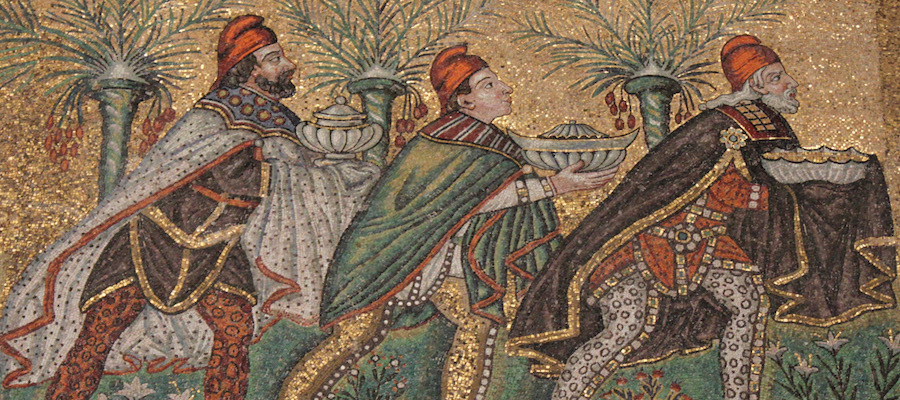Wall Mosaics, Ekphrasis, and Cultural Memory between Byzantium, Persia, and Early Islam
Very few wall mosaics, or walls at all, survive from the early Byzantine buildings of the eastern Mediterranean. To supplement surviving programs, we must turn to texts that preserve references to, or perform extended ekphraseis on, lost works of art. Two under-explored ninth-century texts purport to describe now-lost mosaics that decorated earlier Byzantine and Persian buildings: a poem (qaṣīda) by the Abbasid poet al-Buḥturī on a mosaic at the Sasanian palace at Ctesiphon; and the Letter of the Three Patriarchs to the Emperor Theophilus, which refers to a mosaic of the Virgin and Child and the Three Magi in the Church of the Nativity at Bethlehem.
After addressing the possibility that the mosaics existed as physical objects outside of texts, this lecture explores the features shared by the poem and the Letter, including a fascination with cross-cultural encounter, between Abbasid writer/viewer and Sasanian mosaic, and between Persian viewers and Byzantine work of art. Setting the texts against each other, I examine how public works of art such as monumental wall mosaics functioned as potent sites at which viewers of different cultural backgrounds—Byzantine, Persian, and Abbasid—could express, mediate, and reflect upon their identities, affiliations, and religious beliefs.
Sponsored by the Mary Jaharis Center for Byzantine Art and Culture and Harvard University Standing Committee on Medieval Studies.
